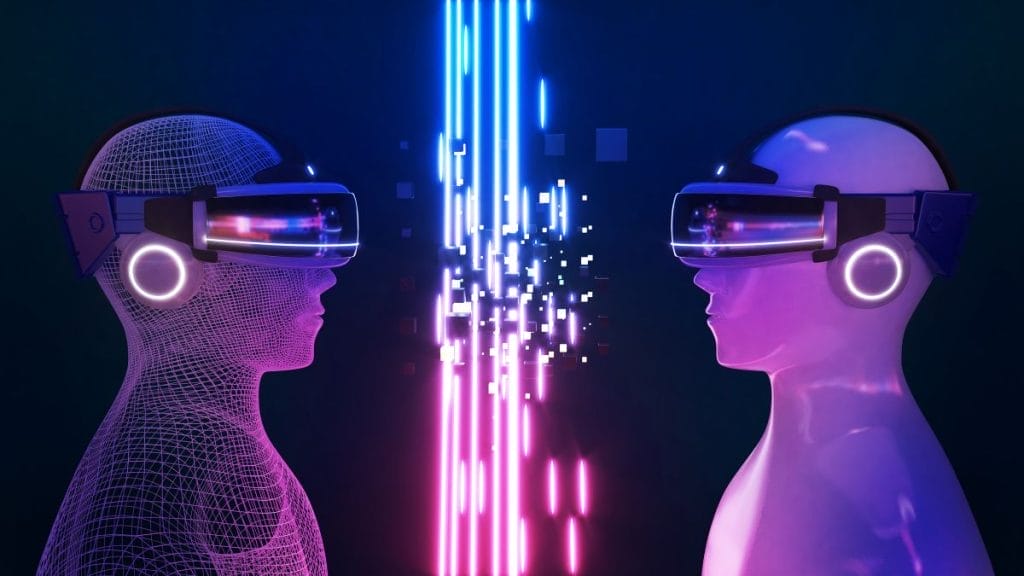New Delhi: With the integration of digital twins, Business value creation through artificial intelligence (AI) appears to advance in a new direction. As it’s understood, digital twinning refers to virtually representing an actual physical object. Market studies suggest that AI’s impact on digital twins may significantly shape the Fourth Industrial Revolution (Industry 4.0). “I believe AI in digital twinning benefits sectors. This technology can provide real-time data analysis, predictive analytics, and autonomous decision-making. Additionally, it facilitates virtual testing, fostering innovation and efficiency,” Aditya Joshi, CEO, OpalForce, an AI-based firm, said in a statement.
According to history, the fundamental technology for digital twins can be traced back to 1960. During that period, NASA duplicated its spaceships on earthbound machines. According to market studies, AI in digital twins can offer data-backed insights to ensure the growth of different industries. Nasdaq claims that AI can improve digital twins by offering inputs that real-world sensors might not be able to provide, along with futuristic predictions. To secure better results, the exchange also mentioned that digital twins could include additional technologies like virtual reality (VR), mixed reality (MR), and the Internet of Things (IoT), among others.
“In the digital environment, AI in digital twinning can revolutionise industries such as manufacturing, transportation, healthcare, infrastructure, among others. It can ensure maintenance, reduced downtime, optimised operations and resource allocation. In 2023, AI in digital twinning should achieve milestones,” Sathvik Vishwanath, co-founder and CEO, of Unocoin, a cryptocurrency exchange, highlighted.
A market research firm called Global Market Insights, the digital twin market will reach $90 million by 2032, growing at a 25% CAGR from 2023-32. Furthermore, the firm emphasised that the digital twin market will fetch a 31% growth rate in 2032 and that digital twin solutions will enter automotive features to achieve a 30% growth rate during the mentioned timeline. According to data, the Asia-Pacific digital twin market will witness 31% CAGR between 2023-32, which has been attributed to automotive and manufacturing units in South Korea, China, Japan and India.
Amazon, Microsoft, Siemens, General Electric, and Cisco Systems, among others, have entered the AI-driven digital twin market. For example, Microsoft’s Azure Digital Twins can help create digital twins, which can establish connections between Azure AI and IoT applications. Moreover, future predictions indicate that AI-backed digital twins could create self-learning mechanisms allowing industries maximum productivity and sustainability. As stated by Digital Twin, an open-access publishing platform, AI and digital twins’ correlation should dictate current research conditions. This step can allow platforms to access inaccessible information to increase their return on investment (ROI), which is expected to benefit from future research prospects.
“I think AI is set to revolutionise digital twinning with advancements. Machine learning and deep learning advancements should drive AI-driven digital twins, transforming product design, manufacturing, and maintenance. The future of AI in digital twinning promises intelligent twins with benefits for businesses and industries,” Prashant Bramhankar, COO, Expleo India. a technology, engineering and consulting firm, concluded.





